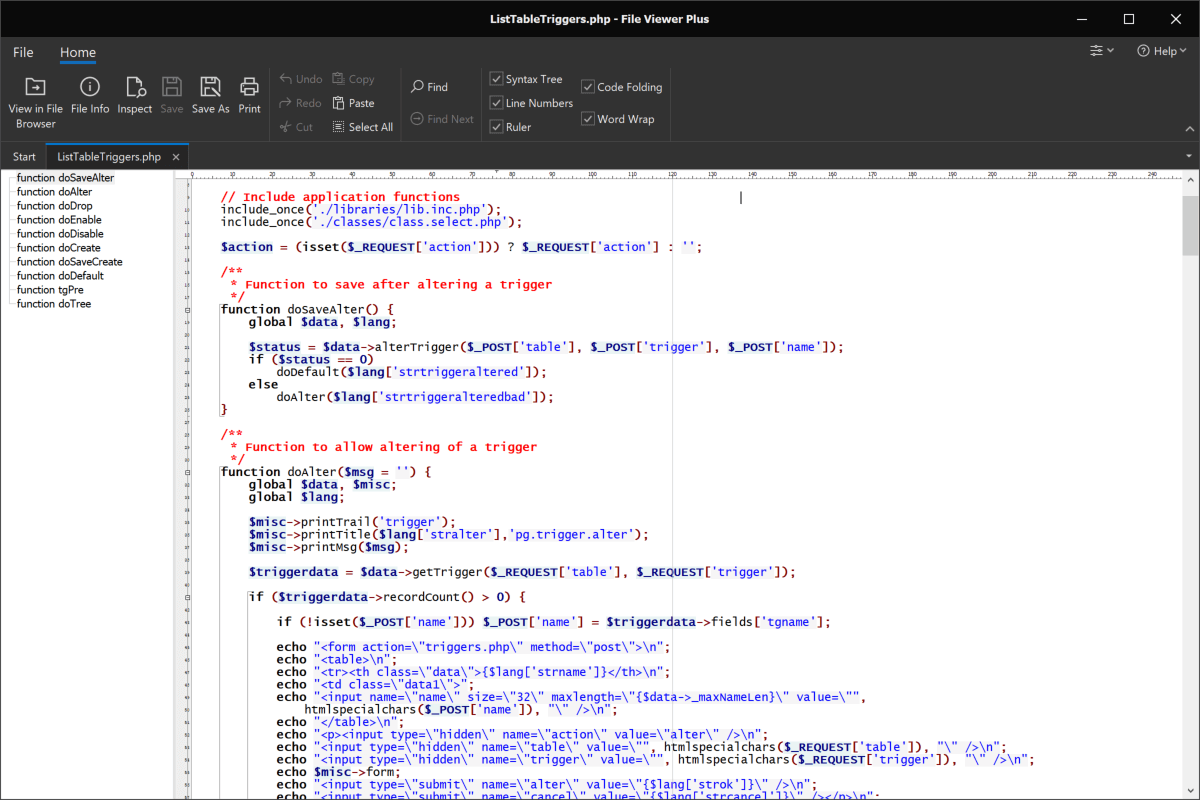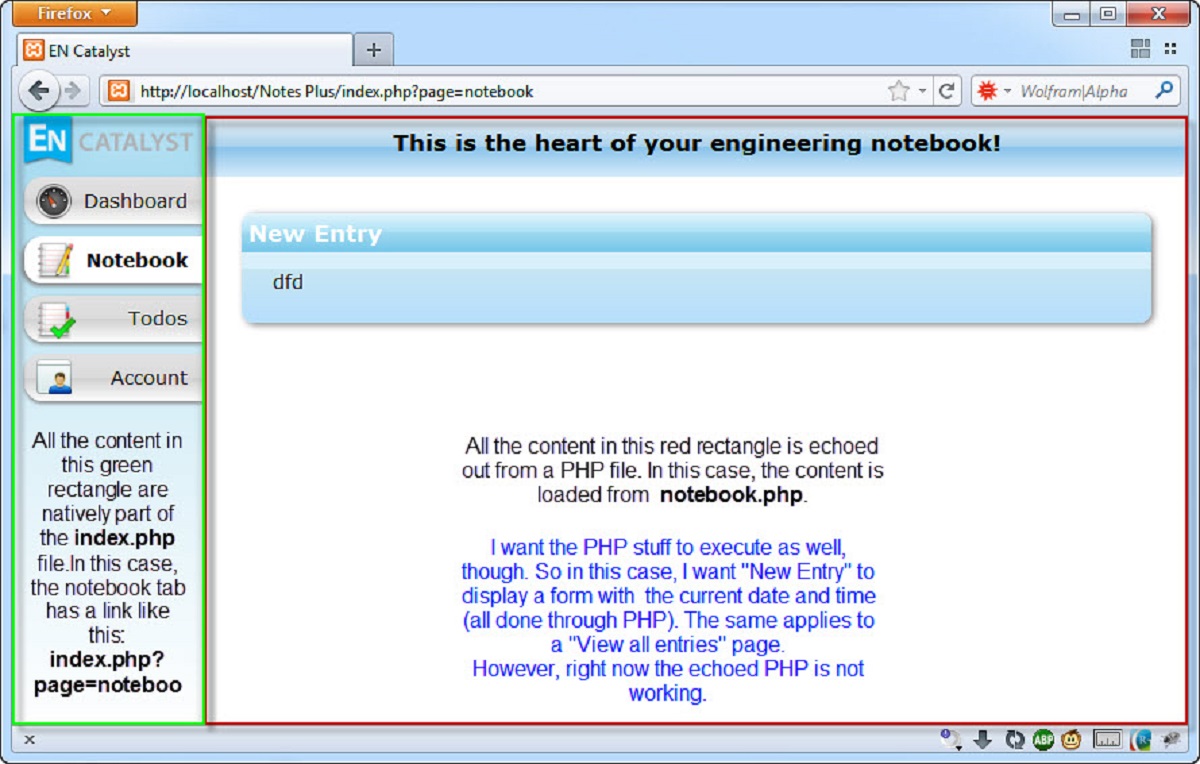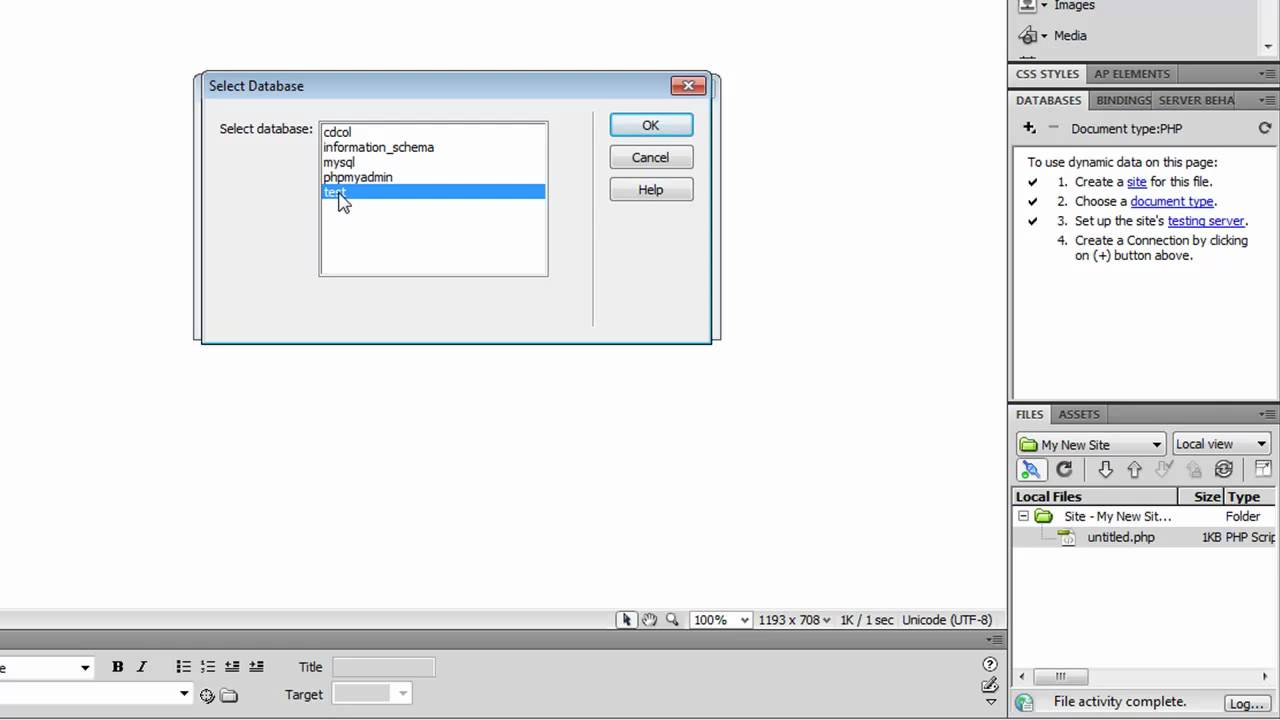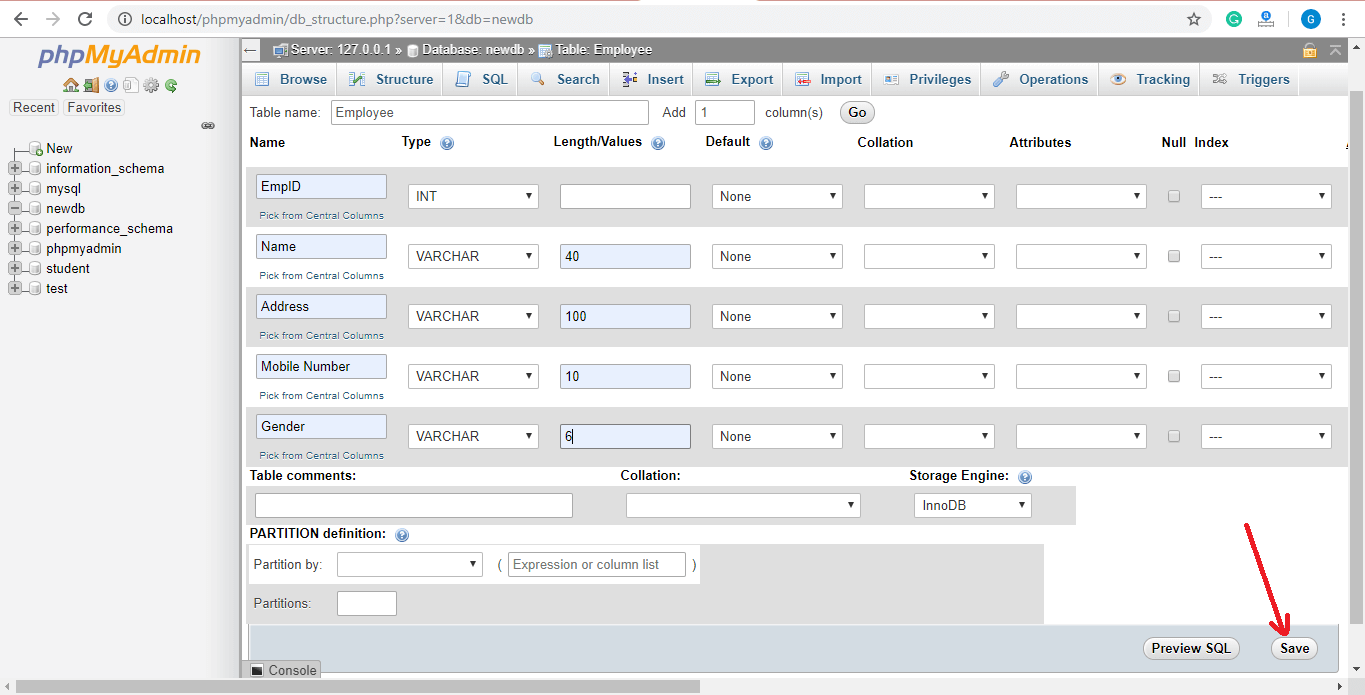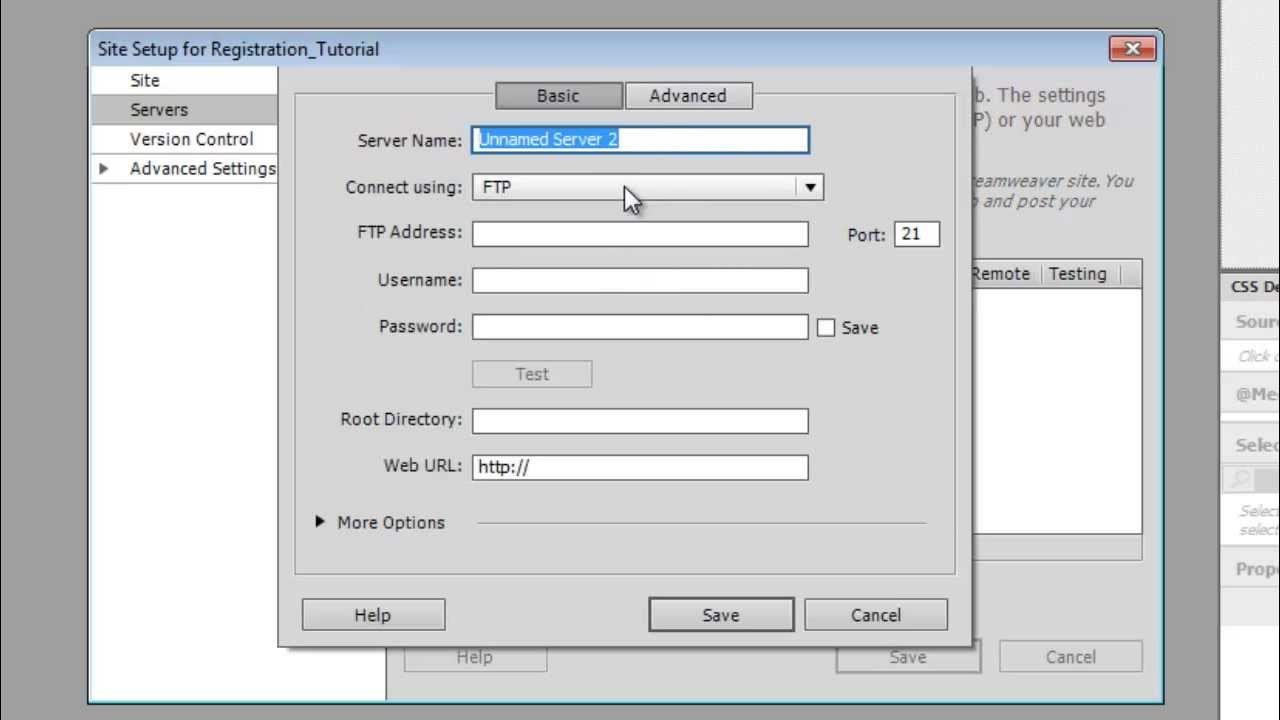Introduction
PHP (Hypertext Preprocessor) is a widely-used scripting language that is specifically designed for web development. It is often used in conjunction with HTML to create dynamic web pages and interactive web applications. PHP files, which typically have a .php extension, contain PHP code that is executed on the server and then generates HTML output that can be rendered by web browsers.
If you’ve ever come across a PHP file and been unsure how to view it in a web browser, you’re not alone. PHP files cannot be viewed directly in a browser like HTML files can. However, there are several options available that allow you to easily view PHP files in a browser and see their output.
In this article, we will explore three different methods for viewing PHP files in a browser. We will discuss running PHP files locally on your computer, installing a local server, and utilizing an online PHP editor. By the end of this article, you will have a solid understanding of how to view PHP files in a browser and choose the method that suits your needs.
Option 1: Run PHP Files Locally
If you want to quickly view a PHP file without the need for a server or an internet connection, running PHP files locally on your computer is a convenient option. This method allows you to see the output of the PHP code directly in your browser.
To run PHP files locally, you’ll need to have a local development environment set up on your computer. This typically involves installing a software stack like XAMPP, which includes a web server (such as Apache), a database server (such as MySQL), and PHP itself. Once you have a local development environment set up, follow these steps:
- Create a new folder on your computer and place your PHP file inside it.
- Start the web server and database server through the control panel of your chosen development environment (e.g., XAMPP).
- Open your preferred web browser and type “localhost” or “127.0.0.1” in the address bar.
- Navigate to the folder where your PHP file is located. For example, if your file is in a folder named “myproject”, enter “localhost/myproject” in the address bar.
- Click on the PHP file you want to view.
Once you click on the PHP file, the PHP code will be executed on the server, and the resulting HTML output will be displayed in your browser. You can interact with the PHP file as you would with any regular web page.
Running PHP files locally is a convenient way to test and debug your PHP code before deploying it to a live server. However, keep in mind that this method is only suitable for personal use or local development purposes. If you want to make your PHP files accessible on the internet, you’ll need to install a local server or use an online PHP editor, which we will explore in the next sections.
Option 2: Install a Local Server
If you want to make your PHP files accessible on the internet or share them with others, installing a local server is a great option. A local server allows you to host your PHP files locally and access them through a web browser.
Installing a local server involves setting up a software stack that includes a web server, a database server, and PHP. There are several popular local server solutions available, such as XAMPP, WampServer, and MAMP, that provide a pre-configured environment for hosting PHP files on your computer. Follow these steps to install a local server:
- Choose a local server solution that suits your operating system (e.g., XAMPP for Windows, MAMP for macOS).
- Download the installation package from the official website of the chosen local server solution.
- Run the installation package and follow the instructions provided.
- Once the installation is complete, start the local server.
- Place your PHP files in the appropriate directory (e.g., “htdocs” for XAMPP, “htdocs” for MAMP).
- Open your web browser and type “localhost” or “127.0.0.1” in the address bar.
- Navigate to the directory where your PHP files are located.
- Click on the PHP file you want to view.
When you click on the PHP file, the local server will execute the PHP code and display the resulting HTML output in your browser, just like a live website. This allows you to test and preview your PHP applications before deploying them to a remote server.
Installing a local server provides a more realistic environment for PHP development, as you can simulate server configurations, test database functionality, and ensure compatibility with external dependencies. It is especially useful for web developers working on projects that require server-side logic or database connectivity.
Remember to secure your local server by setting up appropriate security measures, such as strong passwords and firewall configurations, especially if you plan on accessing your PHP files remotely.
Option 3: Use an Online PHP Editor
If you don’t want to go through the hassle of setting up a local server or if you need a quick solution for viewing PHP files, using an online PHP editor is a convenient option. Online PHP editors allow you to write, run, and preview PHP code directly in your web browser without the need for any installations. They provide a lightweight and accessible solution for testing and experimenting with PHP code.
Here are the steps to use an online PHP editor:
- Choose a reputable online PHP editor. Some popular options include PHPFiddle, Replit, and Paiza.IO.
- Open the online PHP editor in your web browser.
- Copy and paste your PHP code into the editor’s code editor area.
- Click on the “Run” or “Execute” button to execute the PHP code.
- The online PHP editor will execute the PHP code and display the resulting output in the designated output area.
Online PHP editors typically provide additional features such as syntax highlighting, debugging tools, and the ability to save and share your code snippets. They are especially useful for quick testing and prototyping, allowing you to see the output of your PHP code without the need for a local development environment.
However, keep in mind that online PHP editors may have certain limitations compared to running PHP files on a server. They might not support all PHP extensions or database connectivity, and there may be restrictions on the execution time or memory limit. Additionally, as you are working within an online environment, be cautious of exposing sensitive information or proprietary code.
Overall, using an online PHP editor is a hassle-free option for quickly viewing and testing PHP files. It eliminates the need for installation and configuration, making it accessible to beginners and those looking for a lightweight PHP development solution.
Conclusion
Viewing PHP files in a browser is essential for testing and previewing the output of PHP code. In this article, we explored three different options for achieving this: running PHP files locally, installing a local server, and using an online PHP editor.
If you want a quick and simple way to view PHP files without the need for a server or an internet connection, running PHP files locally on your computer is the way to go. By setting up a local development environment and accessing your PHP files through the localhost, you can easily see the HTML output generated by the PHP code.
For more advanced projects that require web hosting or sharing capabilities, installing a local server provides a realistic environment to host and test your PHP applications. With a local server, you can simulate server configurations, test database functionality, and ensure compatibility with external dependencies.
Lastly, if you’re looking for a lightweight and accessible solution, using an online PHP editor is a great option. Online editors allow you to write, run, and preview PHP code directly in your web browser, eliminating the need for installations or local development environments.
Consider your specific needs and preferences when choosing the method for viewing PHP files in a browser. Each option has its own advantages and limitations, so select the approach that best suits your requirements.
With the knowledge gained from this article, you can now confidently view PHP files in a browser, test your PHP code, and ensure that your web applications are functioning as expected.







